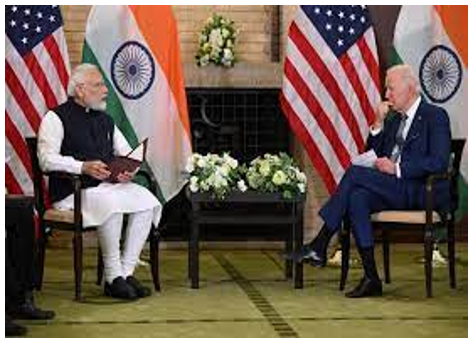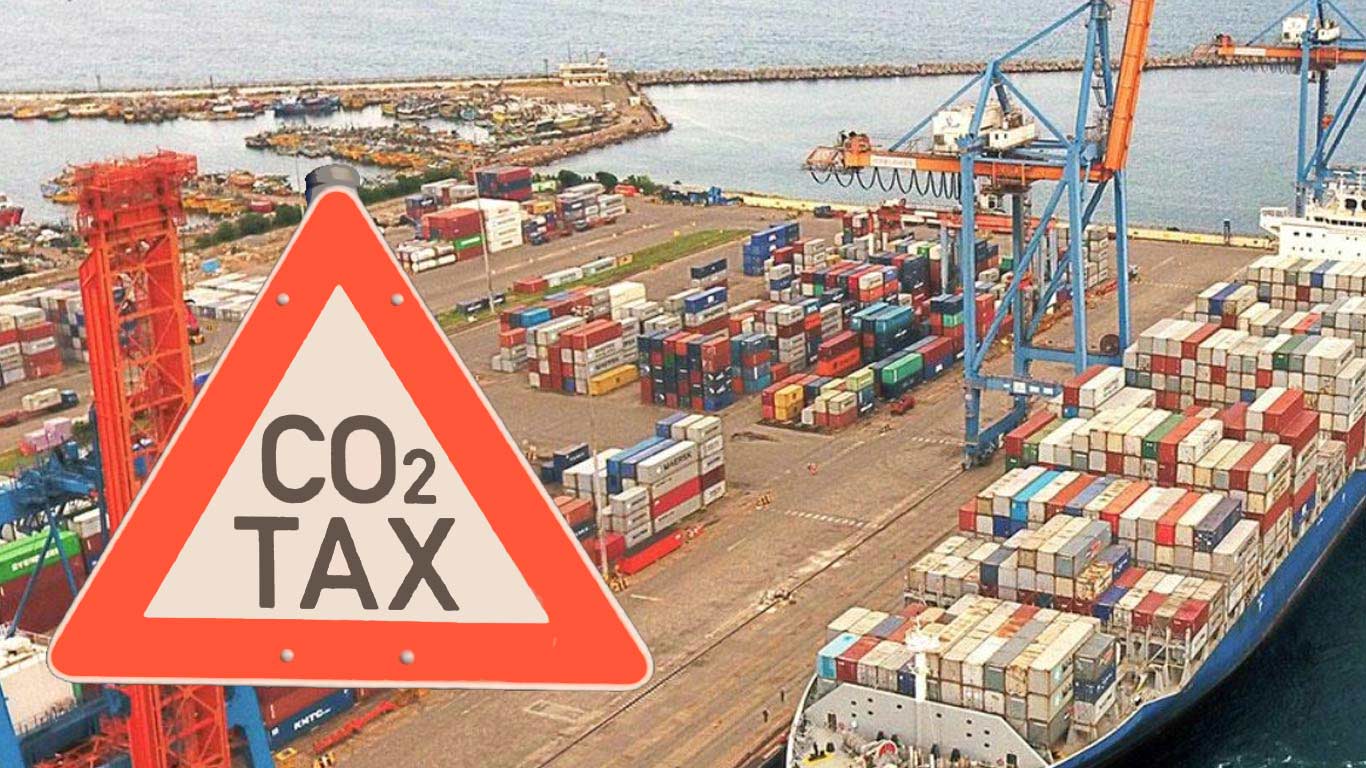- Courses
- GS Full Course 1 Year
- GS Full Course 2 Year
- GS Full Course 3 Year
- GS Full Course Till Selection
- Online Program
- GS Recorded Course
- NCERT (Recorded 500+ Hours)
- Polity Recorded Course
- Geography Recorded Course
- Economy Recorded Course
- AMAC Recorded Course
- Modern India, Post Independence & World History
- Environment Recoded Course
- Governance Recoded Course
- Science & Tech. Recoded Course
- International Relations and Internal Security Recorded Course
- Disaster Management Module Course
- Ethics Recoded Course
- Essay Recoded Course
- Current Affairs Recoded Course
- CSAT
- 5 LAYERED ARJUNA Mentorship
- Public Administration Optional
- ABOUT US
- OUR TOPPERS
- TEST SERIES
- FREE STUDY MATERIAL
- VIDEOS
- CONTACT US
Indo-US Digital Trade
Indo-US Digital Trade
28-06-2023

Latest Context
During the state visit of the Indian Prime Minister, technological cooperation emerged as one of the most important issues. In this context, recently, the US Industry Body Computer &Communications Industry Association (CCIA) expressed its concerns about India’s protectionist approach to US digital services providers.
Current Status of India-U.S. Technology Trade: The U.S. has become India’s biggest overall trading partner with a 7.65% increase in bilateral trade to $128.55 billion in 2022-23. But digital or technology services have not become one of the leading sectors in their bilateral trade.
Concerns of U.S. Tech Firms:
- Twenty policy barriers regarding trade with India in a note titled “Key threats to digital trade 2023” have been raised by the Computer & Communications Industry Association (CCIA). It pointed out significant imbalances and distortion measures in the US-India economic relationship.
- For instance, India is not reciprocated the way the US has provided market access, trade and openness to Indian companies. In 2020, the U.S. incurred a $27 billion deficit in trade in digital services with India. It happened despite the strength of the U.S. digital services export sector and the huge growth potential of the online services market in India.
- The Indian government applied various measures against the US digital service providers in favour of domestic players.
Discriminatory Regulation and Policies of India:
- Guidelines have been given on sharing geospatial data in order to provide preferential treatment to Indian companies. Strict measures such as censorship and control over political speech are raising serious concerns for U.S. companies to operate in India.
- Equalization levy which is charged by India since 2016 on digital services. A 6% tax on specific services received or receivable by a non-resident who does not have a permanent establishment in India.
- Since 2020, Equalization Levy 2.0 imposed a 2% tax on gross revenues on a non-resident “e-commerce operator” from the provision of ‘e-commerce supply or service’. It resulted in double taxation and high complexity in the taxation framework. It also pointed out the questions of constitutional validity and compliance with international obligations.
- Digital Personal Data Protection Bill, 2022: Although significant improvement has been made in the government’s new draft (4th iteration) but still there are many ambiguities about cross-border data flows, compliance timelines, and data localization. The data localization requirements will tend to significantly increase the operating costs of companies that are being seen as discriminatory by foreign companies.
- The Draft Telecommunications Bill, 2022: These rules will restructure the telecommunication services for including a wide range of internet-enabled services that bear little resemblance to the telephony and broadband services. For instance, these rules will put both Telecom Service Providers (TSPs) and Over-the-top (OTT) communication services under the definition of “telecommunication services”.
- The IT (Intermediary Guidelines and Digital Media Ethics Code) Rules, 2021: These measures enhanced the compliance burden on social media intermediaries (SMIs) and platforms with five million registered users or more.
- Recently, the Ministry of Electronics and Information Technology increased another layer of compliance that need platforms to prevent the publication of content fact-checked as fake or false by the Press Information Bureau (PIB).
Other Policy Barriers to Digital Trade with India:
- Digital Competition Act: In order to address anti-competitive practices by big tech companies the Parliamentary Committee on Finance proposed the adoption of the Act in 2022.
- The Competition Commission of India (CCI): It also imposed two successive fines on Google for “anti-competitive practices” in its Play Store policies.
Recent Measures to Increase their Tech Partnership:
- Initiative on Critical and Emerging Technology (iCET): These measures were announced by the US President and Indian PM in 2022. According to these measures, India and the U.S. agreed (under the iCET) to cooperate on critical and emerging technologies in areas comprising Artificial intelligence, Quantum computing, Semiconductors and wireless telecommunication.
- Furthermore, a Strategic Trade Dialogue with a focus on addressing regulatory barriers and aligning export controls for smoother trade and “deeper cooperation” in critical areas has been established by India and the U.S.
- Semiconductor Supply Chain and Innovation Partnership: It comprises a combined investment valued at $2.75 billion.
- Two Joint Task Forces have been established focusing on the Open RAN network and R&D in 5G/6G technologies on the telecommunications front.
- To harness future techs such as AI and Quantum Computing Quantum, Coordination Mechanisms and a joint fund for the commercialization of Artificial Intelligence has been established.
Must Check: IAS Coaching Centre In Delhi



